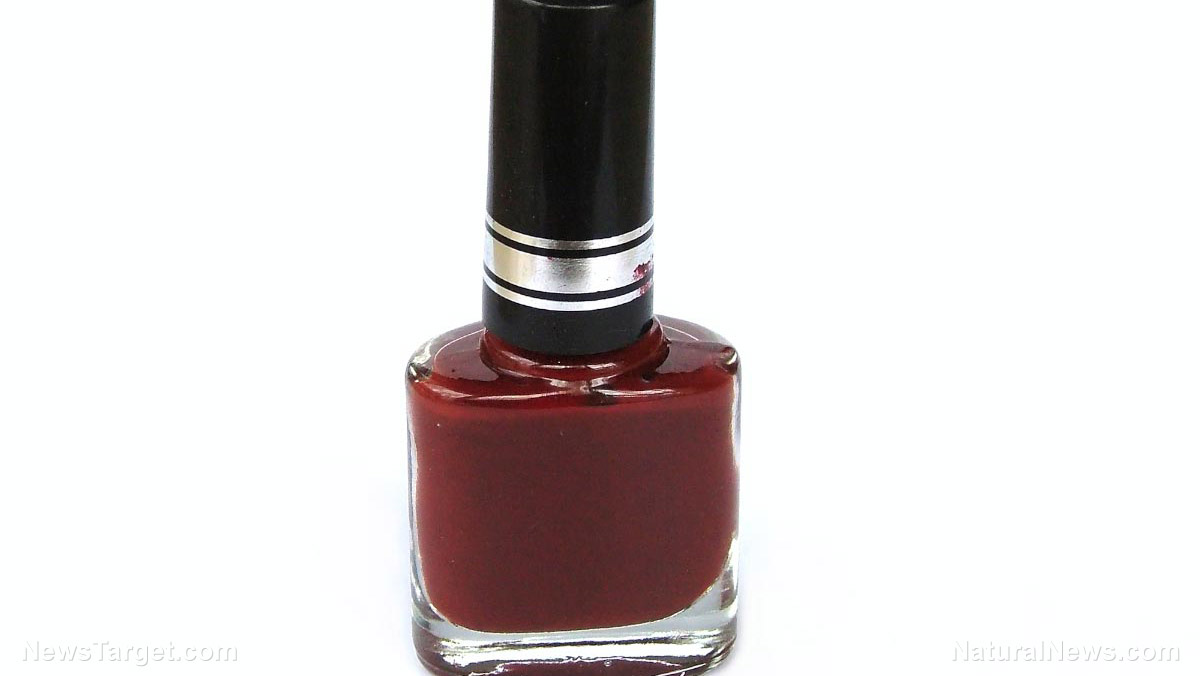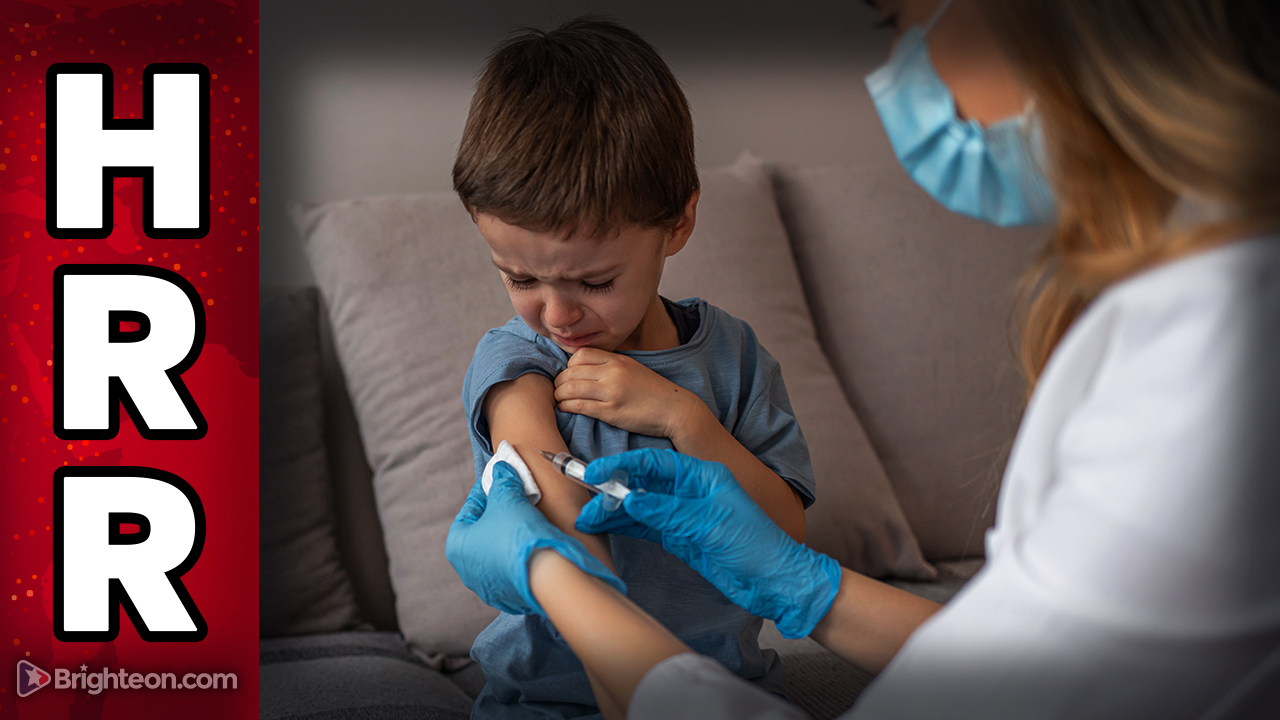Toxic chemicals in cosmetics are increasingly HARMING consumers
07/05/2017 / By Cassie B.

When we hear stories in the news of botched plastic surgery, the more natural-minded among us often wonder why someone would put their health in jeopardy in the name of looking good. Yet many of us continue to use cosmetics that are doing exactly that without giving it a second thought. Whether it’s that lip balm you won’t leave the house without wearing or your favorite nail polish, a new study shows that there’s a very real possibility that something in your beauty routine could be toxic.
According to research from Northwestern University Feinberg School of Medicine, the number of complaints filed against beauty products more than doubled in 2016 from the year before. While 5,000 adverse events were reported from 2004 to 2016, there were 1,591 incidents in 2016 alone. These are voluntary complaints of side effects that are filed by consumers as well as healthcare professionals, which means there are likely many more cases that have gone unreported.
Statistics show that hair care products are the biggest culprit, followed by skin care products and tattoos. The product category that most often involved serious problems such as disability, serious injury and death was baby items.
Why are cosmetic products so toxic?
One big problem is that the FDA does not force these products to gain approval prior to being sold to the public. In addition, the researchers say that manufacturers are not required to inform the FDA of adverse health concerns caused by cosmetics.
It took 127 consumer reports for the FDA to start investigating a conditioner made by WEN by Chaz Dean, and it wasn’t until that point that the FDA learned the manufacturer had received 21,000 complaints of hair loss and scalp irritation. Incredibly, this product is still on the market.

A dermatology resident physician at the university, Dr. Steve Xu, said this is a “wake-up call,” and he’s particularly concerned by the way that some cosmetics brands market their products as having “drug-like” results but label them as cosmetics to avoid needing FDA approval. He says that in the best cases, they are making marketing claims that are untrue, but at worst, they could contain drug components that can bring about serious damage.
Your skin can absorb as much as 60 percent of the chemicals that are in the products you apply to it, and they go into your bloodstream. That’s why it is vital to scrutinize the labels of products like lotions, shampoos, and body washes. Here are a few dangerous ingredients to look out for:
Oxybenzone
This hormone-mimicker can cause reproductive harm and endometriosis, and it’s often found in sunscreens and lip balms.
Formaldehyde
Approximately 20 percent of all personal care products have this toxic chemical, which has been linked to several types of cancer.
Phenoxyethanol
This chemical can damage the bladder and central nervous system, and it has been linked to eczema and skin irritation. It’s used in makeup, perfumes, deodorants, baby wipes, lotion, sunscreen and hand sanitizers.
Aluminum Salts
Found in many popular deodorants, Swiss scientists have discovered that exposure to these salts can trigger tumor growth. The problem is so concerning that a new bill is being considered to ban the ingredient in Switzerland, but it’s still widely sold and used in the U.S.
Toluene
This neurotoxic irritant, which can cause nausea and impair breathing, is found in nail polish and nail polish remover. It has been linked in studies with some types of cancer and immune system toxicity.
With a recent report finding that the average woman uses as many as 12 personal care products every day that contain up to 168 different chemicals, it is time to start holding your beauty products to the same strict standards you apply to the food you eat. After all, much of it is going to end up inside your body. Seek out natural and non-toxic personal care products, or better yet, make them yourself using ingredients like organic coconut oil, essential oils, and cocoa butter.
Sources:
Submit a correction >>
Tagged Under:
beauty products, chemical ingredients, Cosmetics, formaldehyde, lotion, Makeup, skincare, toxic chemicals, toxins
This article may contain statements that reflect the opinion of the author





















